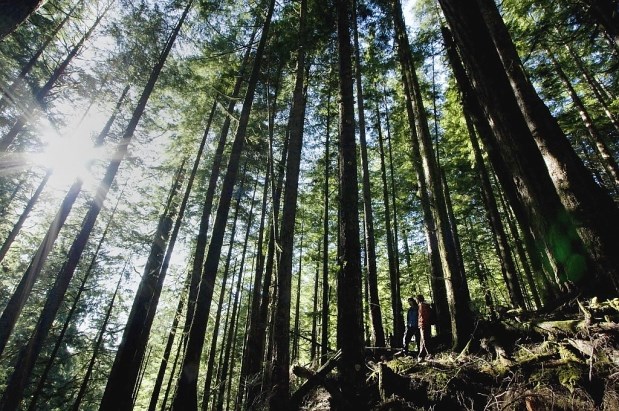Another 11 loggers and truckers died in the B.C. forest sector this year, the fourth consecutive annual increase.
It is well below the 43 forestry workers that died on the job in 2005 — a death toll so high it created a public outcry and resulted in safety changes — but the creeping increase in fatalities, from a low of just four deaths in 2009, has not gone unnoticed within industry.
“The way the industry looks at it is we have kind of plateaued. And especially with the volume (of logging) coming back up, everybody wants to get back on a strong improvement trend,” says B.C. Forest Safety Council CEO Reynold Hert.
As a result of the high death toll in 2005, industry and government decided that improving safety was a top priority.
The council has played an active role since 2005, creating safety certification programs endorsed by the CEOs of major forest companies and the B.C. government. The council’s board of directors includes industry, WorkSafeBC and union representation.
Thousands of logging contractors have been certified in the province and hundreds of fallers have taken safety-certification training.
In 2010, then-B.C. forests minister Pat Bell issued a challenge to the forest industry and workers to make 2011 the first year to have zero deaths in the forest sector.
That year, the numbers of forestry deaths increased to eight from six the year before. In 2012, there were 10 deaths.
This year four logging truck drivers have been killed, two after their trucks went off roads and two while they were outside their trucks.
In an incident on Nov. 7, a logging truck rolled off a forest service road into a river near Chetwynd in northeastern B.C. The driver was pinned under the cab in the water and could not be saved. Another driver was killed after he was struck by logs that fell off the truck during loading.
Three equipment operators were also killed, including two grader operators and one loader operator. One of the grader operators jumped from the cab for an unknown reason, while another grader went off a road into a lake.
A tree faller was killed on Aug. 26. The Saltspring Island man was clearing a right of way off Meade Creek Road, near Lake Cowichan, when he was struck and killed by a falling tree.
A shake block cutter bucking a cedar tree was killed on Vancouver Island, and two forestry workers died in a float plane crash north of Port McNeill on their way to their work site.
There was also a spate of trucking incidents in October that caused public concern.
In an incident on the Sea to Sky Highway on Oct. 19, a motorcycle driver was killed when he was struck by logs spilled from a logging truck. On Oct. 23, a log truck driver lost control at a corner on Highway 101 on the Sunshine Coast, crashing through a barrier and ending up in a ravine. Also on Oct. 23, a logging truck ended up on its side on the Trans-Canada Highway near Chase after two trailer tires blew.
Following the rash of trucking incidents on public roads, a hauling advisory groups was created to investigate what further measures need to be put in place to reduce the trucking incidents, said Hert.
Some big changes are also being introduced in tree falling in 2014, including the introduction of a safety certification program for falling supervisors and a requirement for crews to include a faller with danger-tree blasting qualifications, added Hert.
Blasting danger trees — those that are snagged on other trees or are partly rotten, and in danger of dropping chunks — is safer than cutting them down with chainsaws, noted Hert.
Work is also underway to educate fallers on proper nutrition and hydration, and fatigue management, said Hert.
These fallers are almost like industrial athletes, he noted.
“So, we need to bring in some of the training that athletes are getting on how you maintain yourself at peak performance,” said Hert.



